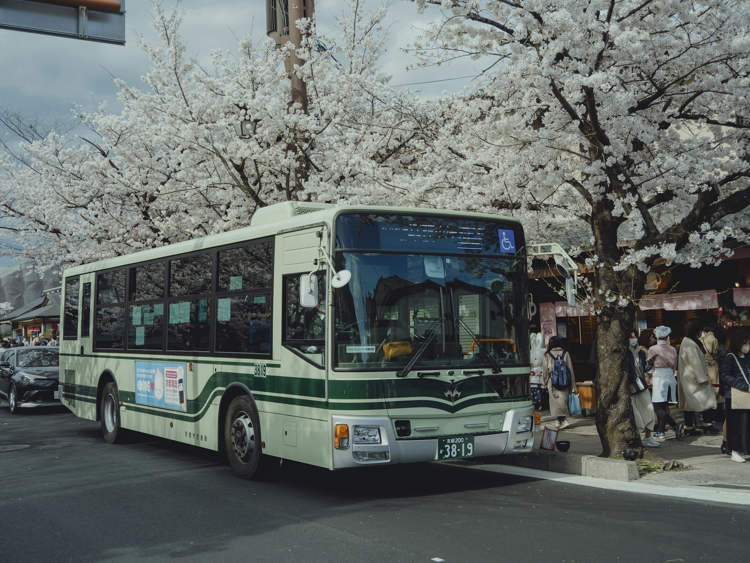Although breathtakingly beautiful, Russia’s Lake Karachay is probably the last place on earth you’d want to choose for a lakeside retreat. Just standing next to the picturesque shore for an hour would give you a radiation dose of 600 roentgen, more than enough to kill you. At its height, the lake was putting out more than 200,000 times the normal amount of radioactivity, due to poor waste disposal practices.
Nestled deep in Russia’s Ural Mountains, close to the modern Kazakhstan border, Lake Karachay falls within the Mayak Production Association, one of the country’s largest (and leakiest) nuclear facilities. Built in the 1940s, immediately after World War II, Mayak was one of Russia’s most important nuclear weapons factories and was inaccessible to foreigners for 45 years. But when President Boris Yeltsin signed a decree in 1992 that opened up the area, visiting scientists who gained access immediately declared it the most polluted area on the planet. It seems that in its long period of obscurity, Mayak was the site of numerous nuclear-related accidents, some almost as devastating as the Chernobyl meltdown.
Nuclear engineers at Mayak apparently dumped radioactive waste into the nearby Techa river quite regularly. The watered down waste that they discarded rather carelessly was a mixture of radioactive elements such as Strontium-90 and Cesium-137, each with a half-life of approximately 30 years.







